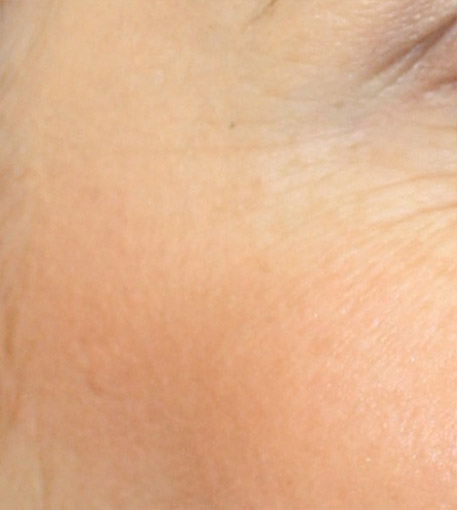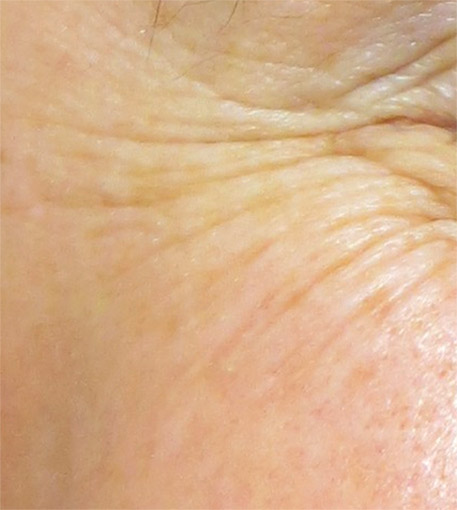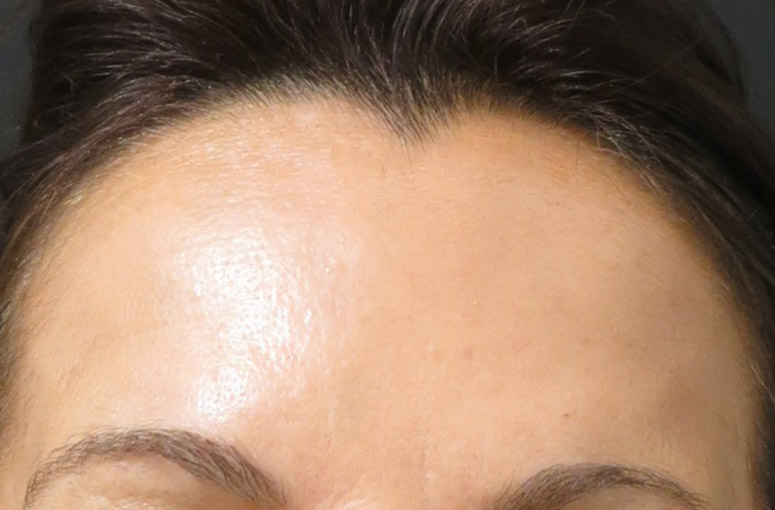Botox
Botulinum toxin is a protein derived from Clostridium botulinum, found in the natural environment, where it remains inactive and non-toxic. Botulinum toxin is marketed in various forms such as Botox, Vistabel, Dysport and Bocouture.
It is widely known for its ability to eliminate the wrinkles of both the forehead and those of the periphery of the eye.
Botox, dysport, Bocouture – How does it work?
With multiple injections on the forehead, between the eyebrows and around the eyes, we paralyze the muscles. Since the muscle is paralyzed, it can’t move and therefore no wrinkles are created. The injections are done selectively so that the face can have natural movement.
Botox, dysport, Bocouture – Most common uses
- Botox, Vistabel, (Onabotulinumtoxin A ή Βοτουλινική τοξίνη τύπου A)
- Dysport (Abobotulinumtoxin A ή Βοτουλινική τοξίνη τύπου A)
- Bocouture, Xeomin (Incobotulinumtoxin A ή Βοτουλινική τοξίνη τύπου A) Myobloc (Rimabotulinumtoxin B ή Βοτουλινική τοξίνη τύπου Β).
Botox – Εφαρμογές
- Botox and Hypertrophic muscle
Botox’s potential doesn’t end only in the fight against wrinkles. With botox, the surgent can reshape the lower face. A V-shaped face is one of the most important elements of femininity.
With this treatment, the surgeon can partly paralyze a hypertrophic muscle located on the side of the face. Hypertrophic muscle can be often seen in people who grind their teeth while they are sleeping or in those who often chew gum. With small injections in the lower part of the face, the results can be seen after 6-8 weeks. This treatment should be repeated every 5-6 months. - Botox and Blepharospasm
Blepharospasm is not only annoying but it can lead to severe vision problems due to eyelid contraction. With this treatment, the surgeon restores the normal eyelid motility and relieves these patients. The doctor applies many small injections peripherally of the eyelids. - Botox and Hyperhidrosis
Hyperhidrosis is another troubling problem that affects men and women. Hyperhidrosis appears on the face, the soles, the palms and the axillary area. The doctor again applies small injections in the area that needs treatment. - Botox and lips filling
The shape and size of the lips are the main elements of beauty and youth. The upward direction of the corner of the mouth as well as its relation to other facial features contribute significantly to a refreshed look too. The downward direction of the mouth gives an expression of sadness to the face, which becomes pretty conspicuous. Botulinum toxin can selectively paralyze part of the responsible muscle and eliminate the tone of sadness. Usually, botulinum toxin is combined with hyaluronic acid for a longer duration of the effect.
In cases of facial asymmetry because of an injury, botulinum toxin injections restore harmony to the face. The application should be repeated every 4 months.
Botox – Complications
- Mild pain, local swelling and / or erythema in the infusion site
- Short-term numbness
- Headache
- Disability
- Mild nausea
- Temporary weakness/paralysis in the surrounding muscular system
- Temporary fall of the upper eyelid or brow
- Weakness of the lower eyelid or the lateral rectal muscle (the muscle that controls the movement of the eye)
- Dysphagia
- Throat weakness
- Influenza type illness
- Gallbladder dysfunction
- Double vision
- Bleeding
- Blurred vision
- Dry mouth
- Fatigue
- Urticaria & rashes
- Wheezing
- Swelling
Like all drugs, botulinum toxin has its complications. The above complications are rare, but it is necessary to report them so the patient is aware of everything.
Preparation before surgery
- Photographs of the area are taken.
- Classical preoperative check-up includes blood tests, chest X-ray, and cardiac evaluation.
- 12 hours before surgery do not eat anything.
- 6 hours before surgery do not drink anything.
- On the morning of the operation do not take any medication without the anesthesiologist's approval.
- Alcohol should be stopped 1 week before surgery.
- In the case of general anesthesia, it is necessary to meet with the anesthesiologist before the surgery.
- Report previous anesthetic experiences, either positive or negative and inform him/her of any health problems or medication you are taking.
- Do not take aspirin, anti-inflammatory drugs, or herbal supplements 10 days before the surgery, as they increase the possibility of bleeding during and after surgery.
- 3 days before the surgery and every day after washing your face or body with medicated soap, depending on the planned surgery.
General Complications after surgery
Complications in plastic surgery operations are not common but it is necessary to be aware of them at the first appointment.
- Hematoma: A hematoma is the accumulation of blood in the wound.
- Inflammation: To prevent inflammation, antibiotics are administered during surgery.
- Poor wound healing: If the incision in the operated site is more prominent than expected, it can be corrected 6 months to a year after surgery with local anesthesia. In some cases, the appearance of keloids is possible where specific treatment is needed.
- Skin necrosis: It is more likely in heavy smokers.
- Pulmonary embolism and thrombosis.
This text may give rise to new questions. We are at your disposal for any other information.







